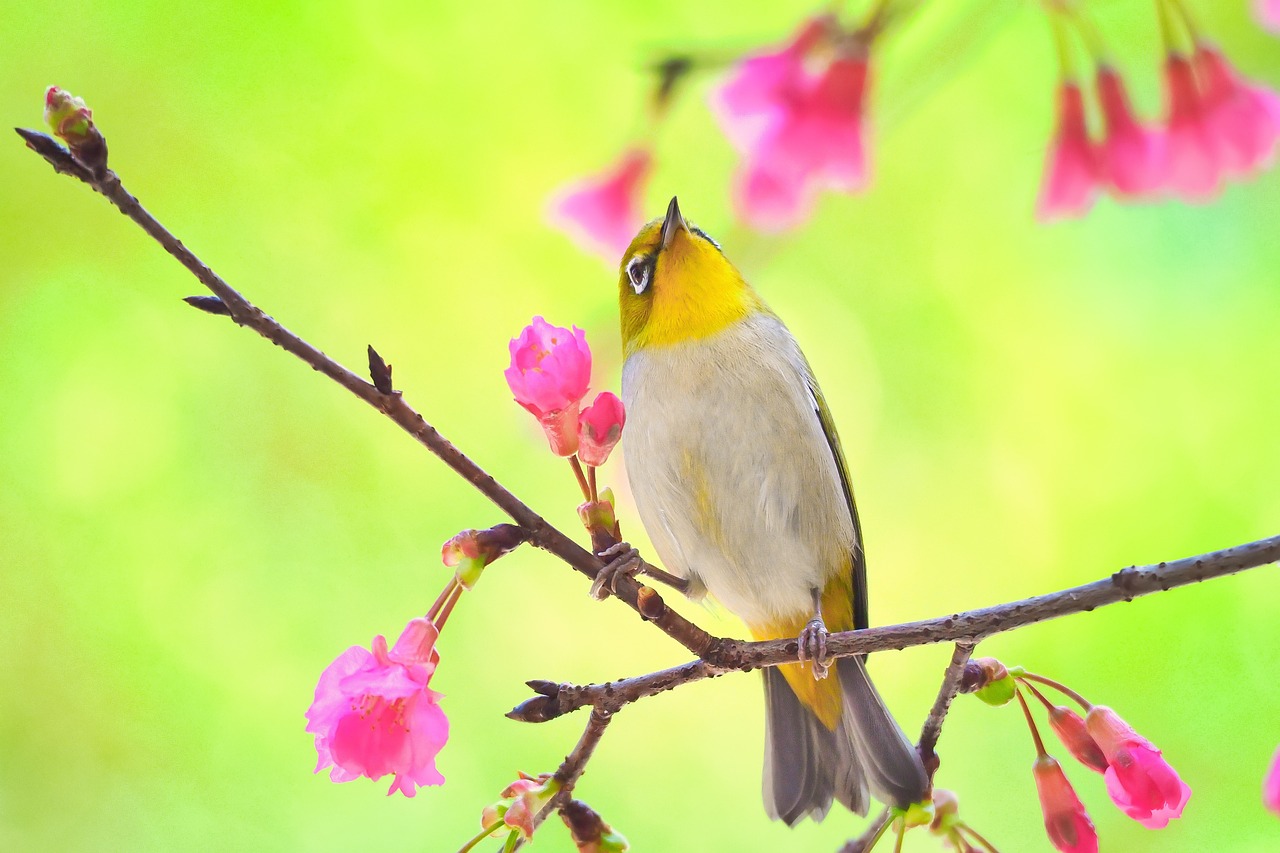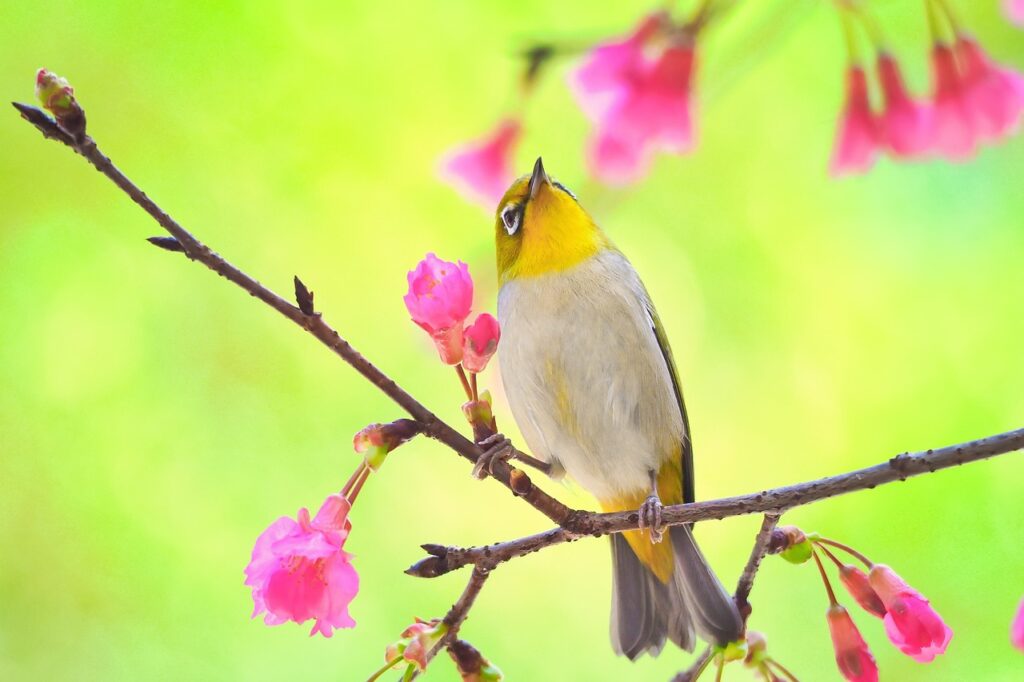
The Impact Of Modern Construction On Urban Wildlife
Are you aware of the significant impact that modern construction has on urban wildlife?
As cities continue to expand and develop, the natural habitats of many species are being fragmented and lost. This has drastic consequences for the wildlife that call these urban areas home.
With the loss of their habitats, animals are forced to adapt and change their behavior and migration patterns. Additionally, the rapid growth of cities leads to increased competition for resources, as both humans and wildlife vie for limited space and food sources. This can result in conflicts between humans and wildlife, posing challenges for both parties involved.
However, there is hope. Conservation efforts and solutions are being implemented to mitigate the negative effects of modern construction on urban wildlife. By understanding the impacts and working towards sustainable development, we can create a harmonious coexistence between humans and the diverse wildlife that enrich our urban environments.
Habitat Fragmentation and Loss
As cities expand and buildings rise, you face the devastating consequences of habitat fragmentation and loss. Urban wildlife like you are left with shrinking spaces to roam and diminishing resources to survive.
The construction of roads, buildings, and other infrastructure fragments your once vast habitat into smaller and isolated patches. This fragmentation prevents you from accessing food, water, and mates, making it harder for you to survive and reproduce.
Additionally, the loss of natural habitats due to construction leaves you with limited options for shelter and protection from predators. As a result, you are forced to adapt to urban environments, where you may face increased competition, exposure to pollutants, and higher risks of accidents with vehicles.
The impact of modern construction on your existence is profound, highlighting the urgent need for conservation efforts to mitigate habitat fragmentation and loss.
Changes in Behavior and Migration Patterns
Imagine how different your daily routine would be if you had to constantly adjust your behavior and migration patterns due to the ever-changing landscape of your city. Urban wildlife, such as birds and mammals, are facing exactly this challenge.
Modern construction projects, with their tall buildings and sprawling road networks, disrupt the natural habitat and force animals to adapt. As a result, many species have to change their foraging patterns, nesting sites, and breeding behaviors. Some animals even alter their migration routes or abandon them altogether.
This constant adjustment puts a tremendous amount of stress on urban wildlife, as they struggle to find suitable resources and navigate through unfamiliar environments. It is crucial for city planners and developers to consider the impact of their projects on urban wildlife and implement measures to mitigate the disruption to their behavior and migration patterns.
Increased Competition for Resources
You may find it surprising how much competition there is for resources in the ever-changing landscape of a city, with animals constantly adjusting their behavior and migration patterns.
As modern construction continues to shape urban areas, the competition for limited resources becomes even more intense. With the loss of natural habitats, urban wildlife must now contend with a smaller range of available food, water, and shelter. This scarcity leads to increased competition among species, as they fight for survival in a rapidly changing environment.
For example, birds that once relied on trees for nesting now have to compete for limited nesting sites on buildings and other structures. Similarly, mammals like squirrels and raccoons must compete for food in trash bins and urban gardens.
As a result, urban wildlife populations are often faced with heightened competition, which can have significant impacts on their survival and overall well-being.
Human-Wildlife Conflicts
Dealing with conflicts between humans and wild animals can be a challenge, especially when both parties are vying for limited resources in a rapidly changing environment.
As modern construction continues to encroach upon natural habitats, urban wildlife is increasingly finding itself in close proximity to human settlements. This proximity can lead to conflicts, as animals may venture into residential areas in search of food, water, or shelter.
For example, raccoons rummaging through garbage cans or birds nesting in chimneys can cause annoyance and property damage for humans. In turn, humans may respond by trapping or killing these animals, further exacerbating the issue.
Finding a balance between urban development and wildlife conservation is crucial to mitigating these conflicts and ensuring the coexistence of humans and wildlife in urban environments.
Conservation Efforts and Solutions
To truly appreciate the wonders of nature, it’s time to delve into the various conservation efforts and solutions that are helping to ensure the harmonious coexistence of humans and the wild.

One such solution is the creation of wildlife corridors, which are designated pathways that connect fragmented habitats. These corridors allow wildlife to move freely between different areas, reducing the risk of isolation and promoting genetic diversity.
Additionally, some cities are implementing green building practices, such as incorporating green roofs and vertical gardens, which provide habitats for urban wildlife. These initiatives not only benefit the wildlife, but also contribute to improving air quality and reducing the urban heat island effect.
Furthermore, education and awareness campaigns are raising public consciousness about the importance of protecting urban wildlife and encouraging individuals to take action.
Through these collective efforts, we can create a sustainable and thriving environment for both humans and wildlife.
Conclusion
In conclusion, modern construction has had a significant impact on urban wildlife. The fragmentation and loss of habitats, changes in behavior and migration patterns, increased competition for resources, and conflicts between humans and wildlife have all been consequences of urbanization.
However, there are ongoing conservation efforts and solutions being implemented to mitigate these effects. It’s important for individuals, communities, and governments to prioritize the protection and preservation of urban wildlife to ensure their survival and maintain a healthy balance between humans and nature.

Comments (0)